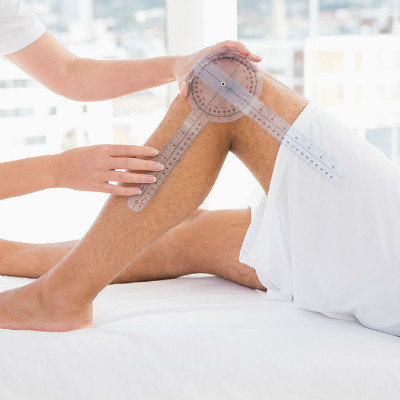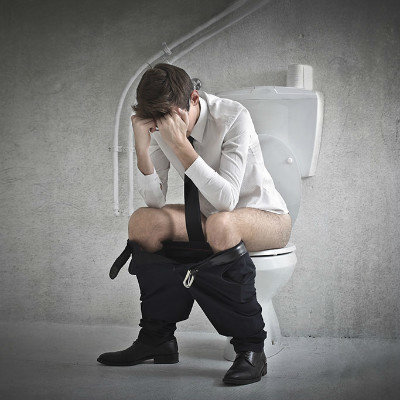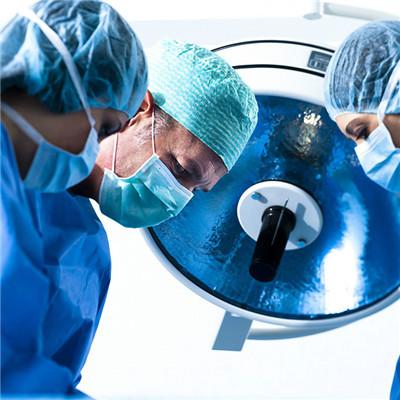What is the role of posterior cubital triangle?
summary
Every examination should be done to understand its precautions. The posterior cubital triangle examination is a limited examination of the medial and lateral epicondyle of humerus and olecranon of ulna, which is used to diagnose and differentiate the posterior dislocation of elbow joint and supracondylar fracture of humerus. The patient was seated or standing with the palm on the top of the head, and then actively extended the elbow to check the relative position of the medial epicondyle, lateral epicondyle and olecranon process of the ulna. When the elbow is bent at a right angle, the medial and lateral epicondyle of the humerus and the tip of the olecranon of the ulna form an isosceles triangle with a tip to the far side. When the elbow is extended, the three points form a straight line. So, what is the role of the posterior cubital triangle?
What is the role of posterior cubital triangle?
The function of posterior cubital triangle examination: when the elbow flexion is at a right angle, the medial and lateral epicondyle of humerus and olecranon form an isosceles triangle, which is called posterior cubital triangle. The tip of the triangle points to the far end. When the elbow is straightened, the above three points form a straight line. The isosceles of elbow joint dislocation or fracture of medial and lateral epicondyle of humerus changed. However, fractures in other parts of the humerus will not affect their triangular and linear relationship. It is often used to differentiate posterior dislocation of elbow from supracondylar fracture of humerus.

Abnormal results: when the elbow joint flexes at right angles, the medial and lateral epicondylar of humerus and olecranon of ulna form an isosceles triangle, which is called posterior elbow triangle. The tip of the triangle points to the far end. When the elbow is straightened, the above three points form a straight line. The isosceles of elbow joint dislocation or fracture of medial and lateral epicondyle of humerus changed. However, fractures in other parts of the humerus will not affect their triangular and linear relationship. It is often used to differentiate posterior dislocation of elbow from supracondylar fracture of humerus. People to be examined: people with abnormal elbow pain.

The normal value of the posterior triangle of the elbow: when the elbow is bent at a right angle, the medial and lateral epicondyle of the humerus and the tip of the olecranon of the ulna form an isosceles triangle with three points to the far side, and when the elbow is extended, the three points form a straight line. The patient was seated or standing with the palm on the top of the head, and then actively extended the elbow to check the relative position of the medial epicondyle, lateral epicondyle and olecranon process of the ulna.

matters needing attention
Unsuitable crowd: none. Contraindications before examination: no special contraindications. Inspection requirements: gentle manipulation, avoid muscle tension to affect the inspection results. I hope you can learn, help you, help you through the above introduction















